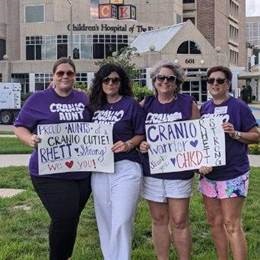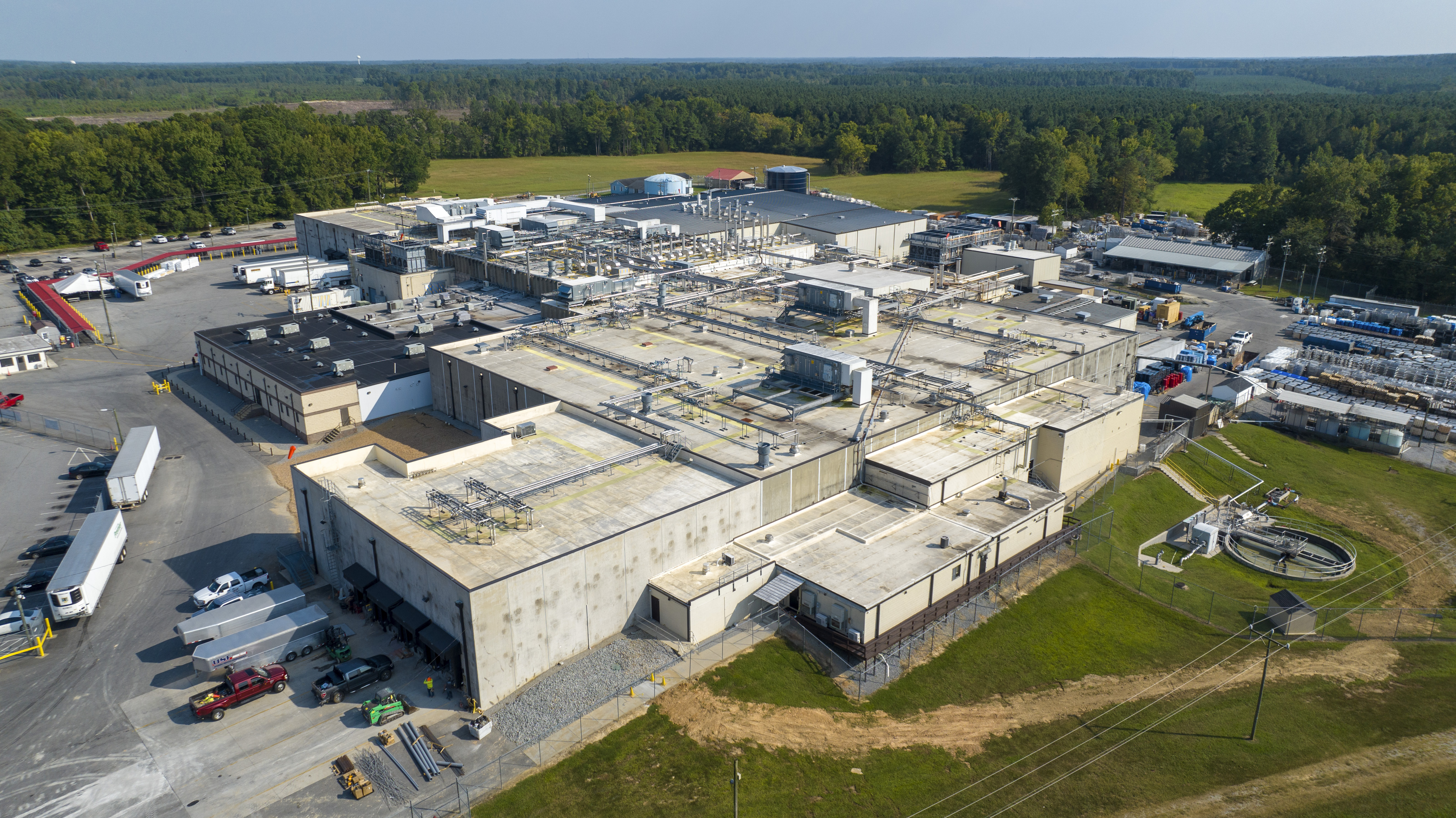NORFOLK, Va. (WAVY) – Across the Commonwealth, COVID-19 restrictions delayed many elective surgeries and eight-month-old Rhett Harmon was one of the patients scrubbed from the CHKD schedule in March.
His parents, Cassie and Layne Harmon worried that he would miss the ideal “before-his-first-birthday” time frame to correct a birth defect called “craniosynostosis,” where the bones in his skull joined together too early.
As soon as the ban lifted, the team at CHKD’s Craniofacial Center rescheduled him for June. Now in mid-July, Rhett has recovered just in time to celebrate National Cleft and Craniofacial Awareness and Prevention Month.
“Now his head is big and beautiful and round,” said Cassie. “You’d never know he had anything done.”


The American Cleft Palate-Craniofacial Association has recognized the month for a long time, and in 2019, Virginia designated July as awareness month.
Cassie said she and her husband looked at centers across the state and felt like CHKD was the best fit, even though it was a four-hour drive.

(Photo courtesy CHKD)
“Because of COVID-19 precautions, only Rhett’s parents were able to accompany him inside the hospital during surgery and his recovery. But to their surprise, when they arrived at the hospital, at 5:45 a.m. on June 5, family members were gathered on the front lawn of the hospital to support them. Aunts, uncles, grandparents, siblings, and cousins dressed in purple leis and ‘Cranio’ t-shirts that said ‘Rhett Strong,'” said CHKD officials.
The group stayed outside from 7 a.m. to 7 p.m. for four days, until Rhett was released from the hospital.
Data shows that about one in 700 children in the U.S. are born with cleft and craniofacial differences. CHKD’s craniofacial team sees nearly 800 patients a year and performs 200 surgical procedures for patients with a cleft or craniofacial abnormality.
The craniofacial team also announced that in August, it will be welcoming an oral and maxillofacial surgeon to the team. The surgeon will treat the patient fitting the same population along with other children with disorders of the head, neck, face, and jaw.











































































































